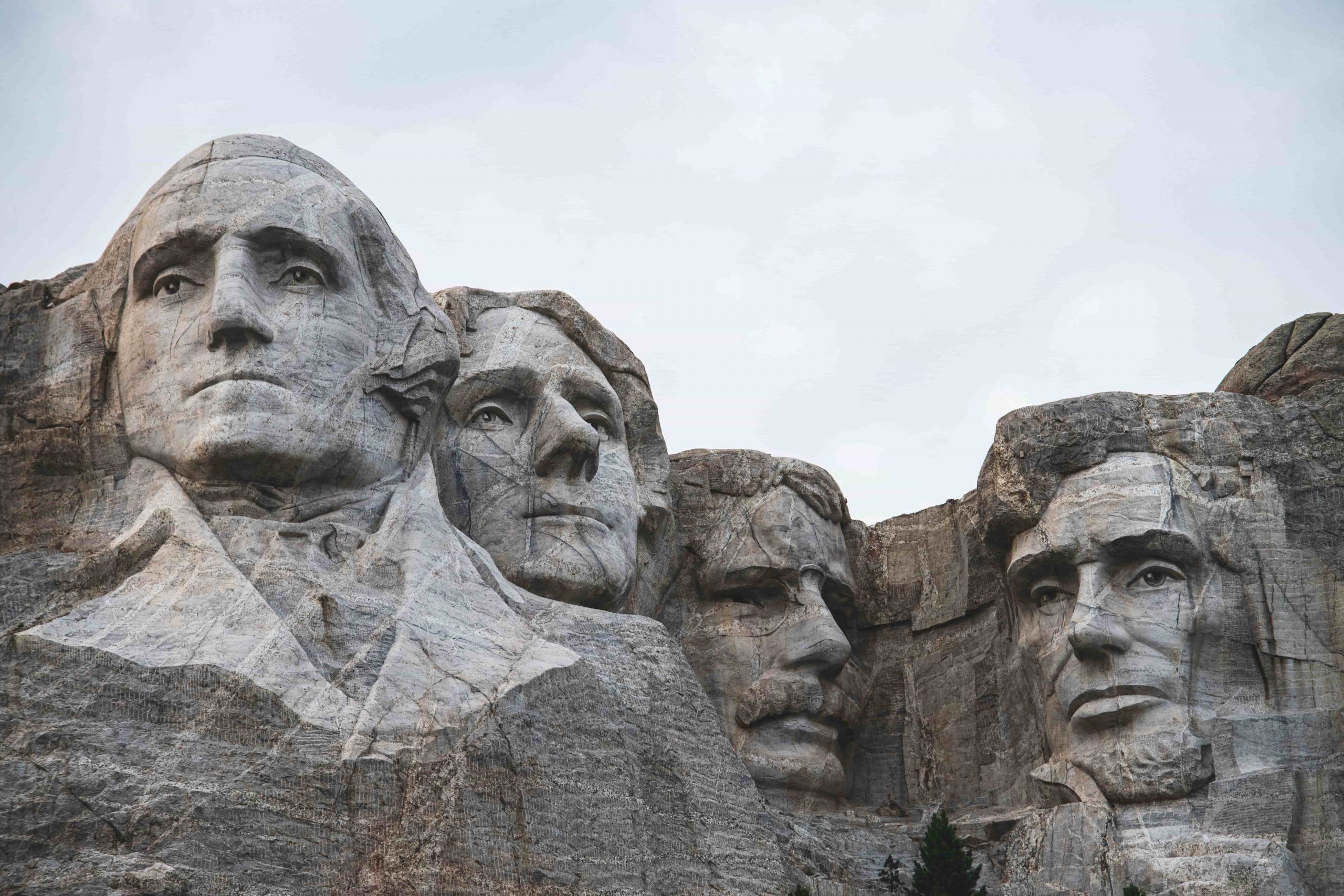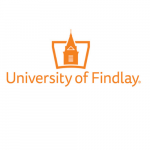United States
If there were a country post-world war, where aspirations met opportunities in all forms, it has to be the United States of America popularly known as the USA. Founded by immigrants of Western Europe in the 15th century, the country has witnessed an avalanche of immigration of people, culture, values and most importantly ideas from worldwide in the last few centuries, and has made the country a boiling pot of innovation in science, technology, business and education. America has offered the opportunity to everyone with a dream and willingness to struggle to achieve whatever they want: be it the case of India’s Indra Nooyi becoming the CEO of Pepsi co. Or Obama, the son of a Kenyan immigrant becoming the president of the most powerful country in the world.
A federal republic constituting 50 states, the USA today stands tall in the world as a harbinger of democracy and a symbol of meritocracy in every sphere of life, including nurturing world-class institutions providing learning opportunities to hundreds of thousands of international students. In terms of number, the USA is the undisputed top destinations for students interested in studying abroad.
Why Study in United States?
- USA universities place great significance on diversity-meaning classes will consist of students of different ages, religions and countries of origin. This provides a stimulating and rich learning environment that encourages cross-cultural understanding and networking. Most classes will contain no more than 20 students and professors will take the time to get to know students and their strengths and will usually be willing to spend time outside class to offer further support.
- The education cost at a Public/state institution is comparatively lower than that of a private institution. Numerous scholarships are offered by the USA government, states as well as Private universities to international students that helps them save a great amount on their study expenses at US universities
- Most campuses offer a meal plan for students to allow dining in the on-campus facilities. These plans are offered at many different levels to accommodate individual budgets. Most campuses also require students to pay for medical insurance to allow them to use on-campus medical facilities for medical checkups, medical testing and prescriptions for common illnesses (for example, head cold, fever, etc).
Why Study in United States?

- USA universities place great significance on diversity-meaning classes will consist of students of different ages, religions and countries of origin. This provides a stimulating and rich learning environment that encourages cross-cultural understanding and networking. Most classes will contain no more than 20 students and professors will take the time to get to know students and their strengths and will usually be willing to spend time outside class to offer further support.
- The education cost at a Public/state institution is comparatively lower than that of a private institution. Numerous scholarships are offered by the USA government, states as well as Private universities to international students that helps them save a great amount on their study expenses at US universities
- Most campuses offer a meal plan for students to allow dining in the on-campus facilities. These plans are offered at many different levels to accommodate individual budgets. Most campuses also require students to pay for medical insurance to allow them to use on-campus medical facilities for medical checkups, medical testing and prescriptions for common illnesses (for example, head cold, fever, etc).
Aspects of United States scope
Cost of study in United States
Tuition will be the most expensive component of your educational costs. Universities in the USA are majorly divided into two categories- Public/state or private institutions. The price of tuition can range from $10000 to $55000 (USD) per year. Additional costs of budget are fees for student activities, which amount to a few hundred dollars per year and reference books, which can cost between $500 and $1500 per year.
Visa requirements for the USA
Applying for visas is often seen as complicated, but Parkview education consultancy trained counsellors are experts in guiding students through the application process. There are three main visa types that students can opt for studying in the US university. These are as follows:
- F-1 Student Visa: Academic Study-F-1 is the most common type of student visa issued to international students who wish to undertake academic studies in the USA. With an F1 visa, international students can undertake part-time, on-campus employment (20 hours per week while regular semester studies and 40 hours per week during vacations). In addition to this, students can work on optional practical training (OPT) for up to one year once they have completed their academic study.
- J-1 Student Visa: A J-1 Student Visa is issued to students who wish to undertake practical training that is not available in their native nation to complete their academic program. A J-1 student status gives a similar employment option as that given to an F-1 visa, with the same restrictions, subject to permission granted by the exchange visitor program sponsor.
- M-1 student Visa: nonacademic Study – M-1 student visa is issued to those who wish to attend a non-academic or vocational school in the USA. With an M-1 Visa, students cannot take up work during their study period.
Education System in the USA
Tertiary education is typically divided into:
- Associates degrees
- Undergraduates (bachelor) degrees
- Graduate education (master’s and PhDs/doctorates
USA universities place great significance on diversity-meaning classes will consist of students of different ages, religions and countries of origin. This provides a stimulating and rich learning environment that encourages cross-cultural understanding and networking. Most classes will contain no more than 20 students and professors will take the time to get to know students and their strengths and will usually be willing to spend time outside class to offer further support.
There is also an active life on USA campuses, with many clubs and organizations. Students can join to meet other students with similar interests and to help further career opportunities.
Steps for applying student visa
The visa application process starts with the receipt of an I-20. The I-20 confirms a student’s acceptance and enrollment at a university or other educational institutions.
- Pay the SEVIS fee (Student and Exchange Visitor Information System)
- Pay the visa fee at the nominated bank
- Complete the visa application form
- Attend your visa interview
- Your passport is returned to you by courier
Remember, your personal Parkview Education Consultancy Counselor will help you from start to finish, providing assistance in organizing documents, completing the forms, and preparing you for the interview with the visa officer at the USA Embassy.
UNITED STATES PROFILE

Population: 325.7 Million (2017)
President: Joe Biden
Official Languages: None At Federal Level
Government: Federation, Presidential System, Liberal Democracy, Constitutional Republic, Federal Republic
Capital: Washington D.C
Largest City: New York
Area:9.834 Million Km2
Major Religion: Christianity
Life Expectancy:78.74 years (2015)
GDP Per capita: 57,466,79 USD (2016)
Gross Domestic Product:18.57 Trillion USD (2016)
International Dialing Code: +1
Heritage of United States













Why to choose us?
If you are considering studying in Australia, this is the place for you! We at PARK VIEW education consultancy aim to help you succeed. There are thousands of courses available today, and we have the most detailed guide to help you from the start to finish. In addition to helping you find the right school, we offer various resources to assist you in your studies, work, and living in Australia, and we even include information about life after graduation. Stick with us to go down under!
USA Universities










